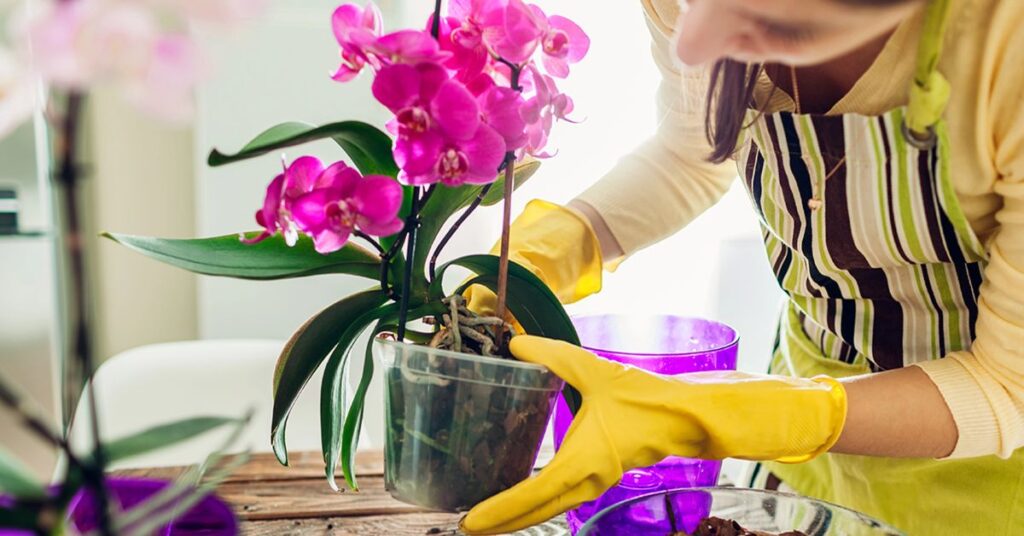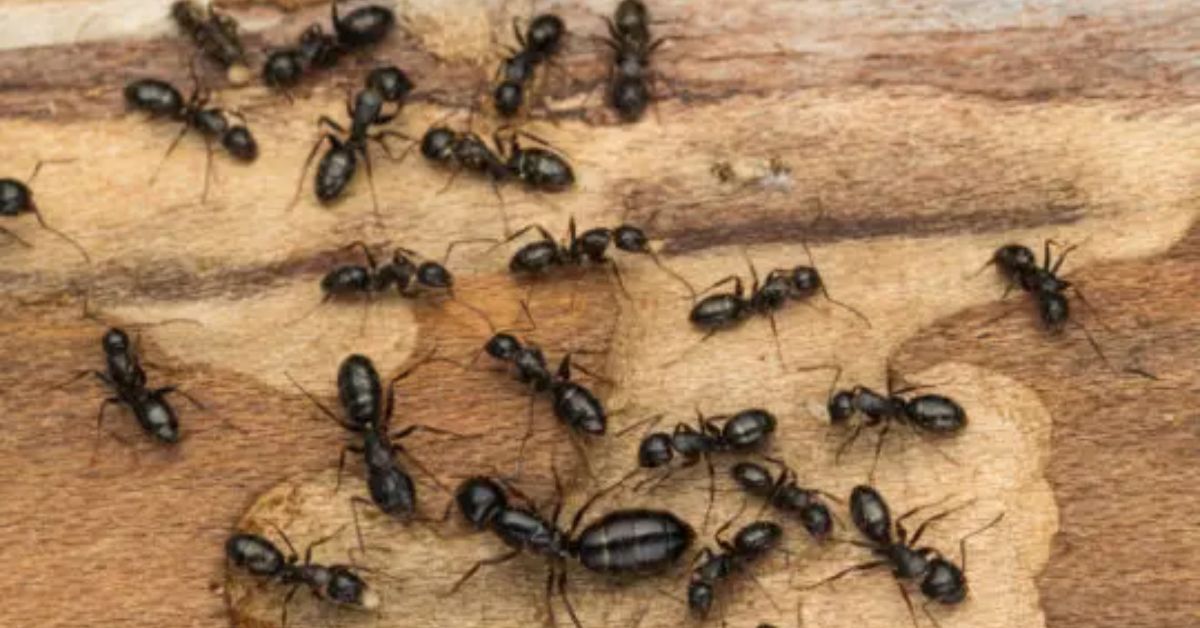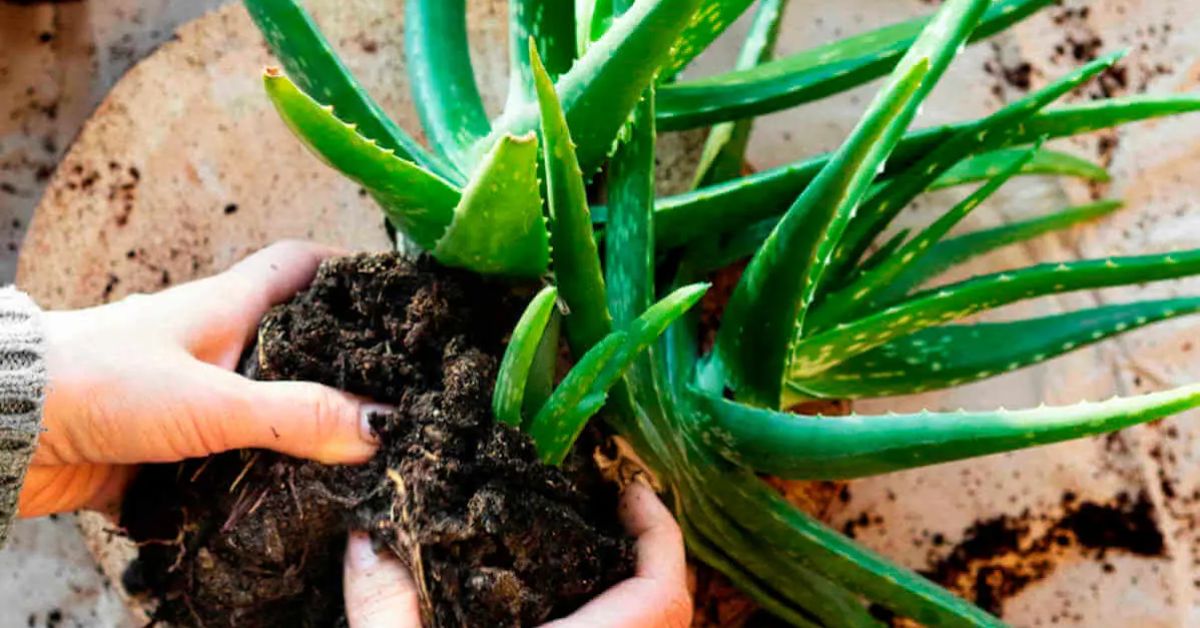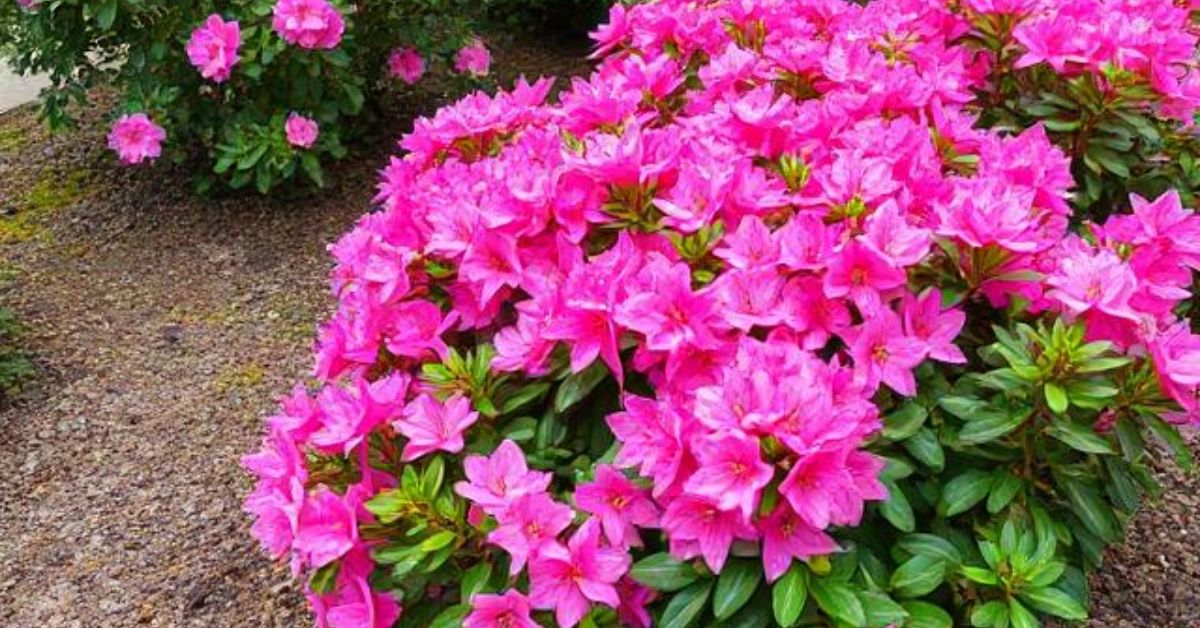Orchids are among the most beautiful and exotic flowering plants, admired for their elegant blooms and striking colors. While they are known to be fragile and challenging to maintain, but with the correct approach, anyone can successfully grow and maintain orchids at home.Understanding the unique needs of orchids—such as proper lighting, watering, humidity, and fertilization—can make all the difference in their health and longevity. Whether you’re a beginner or an experienced plant enthusiast, this guide will walk you through essential tips and techniques to help your orchids thrive and even rebloom year after year.
By following these simple care instructions, you’ll keep yourbest pots for dendrobium orchids healthy and enjoy their stunning flowers for months at a time. orchids in a vase water Let’s dive into everything you need to know about orchid care.
Understanding Orchid Care: A Diverse and Rewarding Challenge
With over 880 genera and more than 22,000 species, orchids comprise the largest and most diverse family of flowering plants. New species continue to be discovered, adding to their incredible variety. Most tropical orchids grow as epiphytes—”air plants” that cling to trees for support. Others, known as lithophytes, thrive on rocks, while terrestrial orchids grow in the rich organic matter of the jungle floor.Given this diversity, providing universal care guidelines is challenging. However, only a few dozen orchid species are widely cultivated, and even fewer are commonly available in nurseries. Most orchids found at florists, garden centers, and hardware stores are hybrids—carefully bred to enhance desirable traits such as color, How to Grow a Peace Lily fragrance, and ease of care while minimizing the difficulties of growing pure species. These modern hybrids are surprisingly easy to care for once you understand their basic needs.
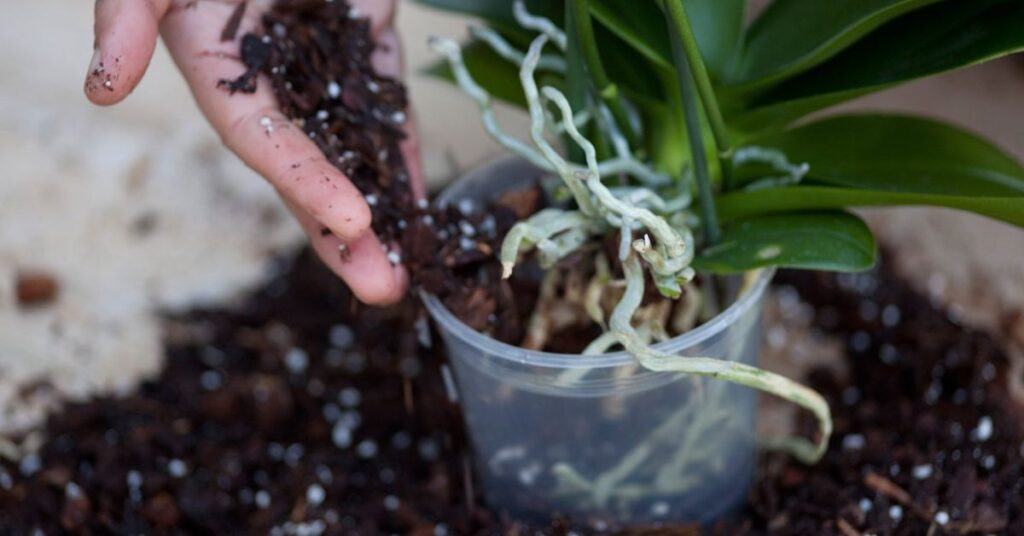
Orchid Growth Environments and Their Impact on Care
Imagine standing in a tropical jungle, looking at an orchid clinging to a tree. Its roots grasp the bark, using the tree for support but not drawing nutrients from it—it is not a parasite. Instead, it absorbs moisture from humid air and nutrients from decaying organic matter or rain-washed animal droppings.
To survive periods of drought, many orchids develop thick stems called pseudobulbs, which store water for drier times. Now, picture this same plant sitting in a pot in your home—a vastly different environment from the one it has adapted to. Understanding an orchid’s natural habitat is key to meeting its care requirements.You can cultivate a thriving orchid at home by mimicking its ideal growing conditions. glass bowls for orchids Our Orchid Starter Kits provide everything you need to ensure your orchid stays healthy and happy.
Caring for Your Orchid After Flowering
Once your orchid has finished blooming and the petals have dropped, trim off the old flower spike—but be sure to leave the main stem intact.This is also a great time to repot your orchid into a more suitable container. Choose a light, porous growing medium and a pot that promotes airflow, such as an unglazed clay pot or an orchid-specific pot with side holes. While repotting isn’t always necessary after flowering, it’s a safe period to do so without disrupting future blooms. Quick and Easy Ways to Ripen Tomatoes Indoors Without Sunlight Avoid repotting at other times, as it may interfere with the plant’s natural flowering cycle.
Common Types of Orchids
There are approximately 30,000 wild orchid species and over 100,000 registered hybrids. Identifying your orchid variety is essential for proper care. Some of the most common types include:
- Phalaenopsis (Moth Orchids): These popular orchids have rounded flowers with a distinct lip growing on a single tall stalk. They come in shades of white, purple, How to Grow Calathea Indoors pink, or a combination.
- Dendrobium (Cane Orchids): Small flowers grow in rows along tall, thick canes, often in multiple clusters per plant. Most commonly seen in white or purple, their narrow leaves emerge from the sides of the cane.
- Cattleya (Corsage Orchids): Known for their use in corsages, they boast a wide range of colors and forms, with some varieties offering delightful fragrances and unique markings like freckles or streaks.
- Cymbidium (Boat Orchids): These orchids produce multiple flower spikes, creating an eye-catching display. Great choices for beginners include the lime green ‘Chica,’ the yellow and red ‘Showoff,’ or the bright pink ‘Frae,’ how to look after orchids indoors all of which have earned accolades from the American Orchid Society.
Pruning Your Orchid
Pruning helps your orchid conserve energy for future blooms. Always use a sharp, clean tool to minimize the risk of infection.While pruning methods vary by species, removing spent flowers to encourage new growth is a general rule. Most orchids benefit from having the flower spike trimmed once blooming is complete. However, Phalaenopsis orchids may rebloom on the same spike if it remains green—only remove it once it turns brown.
How to Look After an Orchid Indoors
Caring for an orchid indoors may seem tricky initially, but with the right approach, The No-Brainer Guide to Starting Seeds Indoors you can keep your orchid thriving and blooming beautifully. Here’s a simple guide to help you care for your indoor orchid:
Provide the Right Amount of Light
- Most orchids, especially Phalaenopsis (Moth Orchids), thrive in indirect, bright light.
- Steer clear of the sun since it can burn the leaves.
- A north- or east-facing window is ideal. If using a south- or west-facing window, filter the light with sheer curtains.
- You can use a grow light to supplement if natural light is limited.
Water Your Orchid Correctly
- Water once a week in most conditions; you may need to water more often in warmer months.
- The best method is to thoroughly water and allow excess water to drain. Never let your orchid sit in water, which can cause root rot.
- Use room-temperature water and avoid tap water with high chlorine or fluoride levels (use filtered or rainwater if possible).3. Maintain Proper Humidity & Airflow
- Orchids love humidity! Aim for 50–70% humidity indoors.
- Increase humidity with a humidifier, How to Prevent Tomato Catfacing: or Put your orchid container on a tray with water and rocks.
- Ensure good airflow to prevent mold or fungal infections—use a small fan if needed.
Use the Right Potting Mix & Pot
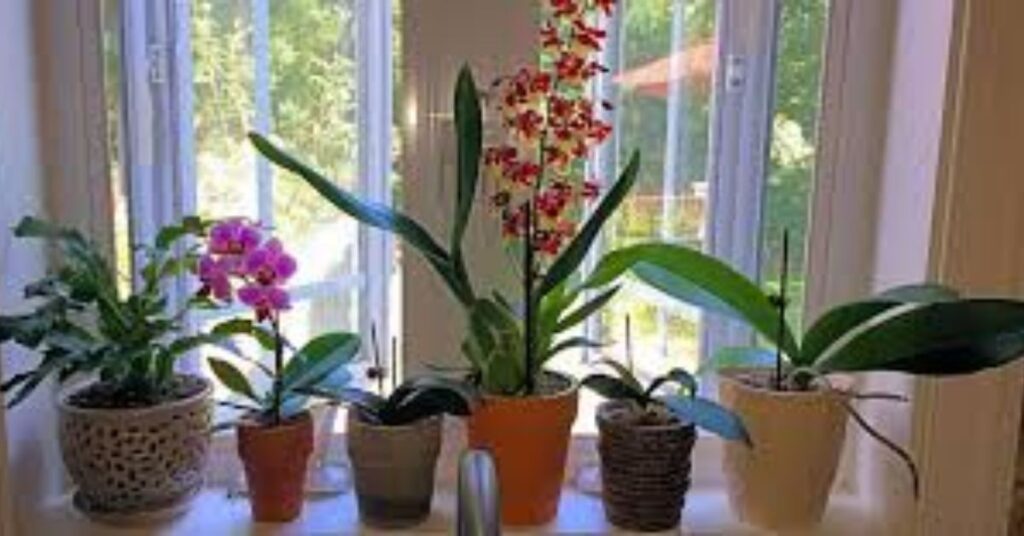
- Orchids don’t grow in regular soil; they need a well-draining orchid mix (bark, sphagnum moss, or perlite).
- Choose a pot with drainage holes—clear plastic pots help monitor root health.
- Repot your orchid every 1–2 years when the potting medium breaks down.
Fertilize Regularly but Lightly
- Use a balanced orchid fertilizer (20-20-20 or similar).
- Feed your orchid every 2 weeks during active growth, reducing it to once a month in winter.
- Follow the “weakly, weekly” rule: dilute fertilizer to half or quarter strength to avoid overfeeding.
Keep an Eye on Temperature
- Orchids prefer 65–75°F (18–24°C) during the day and slightly cooler nights.
- Avoid placing your orchid near heating vents, radiators, or cold drafts.
Encourage Reblooming
- Orchids usually bloom once a year but can be encouraged to rebloom.
- After the flowers fall off, trim the spike just above a node to encourage a new bloom.
- A slight drop in nighttime temperature (by 10°F/5°C) can help trigger new flowers.
Watch for Common Problems
- Yellowing leaves? Too much direct sun or overwatering.
- Wrinkled leaves? Underwatering or 10 Common Seed Starting Mistakes dry air.
- Brown spots? Possible fungal or bacterial infection—improve airflow and avoid wet leaves.
- No blooms? Not enough light or improper temperature changes.
How to Encourage Orchids to Bloom and Rebloom
Most orchids bloom at least once a year, though their cycles vary by species. On average, the flowers last between two and four months.Certain varieties—such as Phalaenopsis—can be encouraged to flower by lowering the temperature for a few nights if your orchid refuses to bloom. However, the best way to ensure consistent reblooming is to provide optimal care, do orchids need direct sunlight including proper light, moisture, temperature, humidity, nutrients, and a well-draining growing medium.
Common Pests and Plant Diseases
While orchids are pest-resistant, they can attract common houseplant pests, including aphids, fungus gnats, mealybugs, spider mites, scale, thrips, and whiteflies. Most infestations can be controlled by gently brushing the pests away, spraying them with water, or using insecticidal soap. Neem oil is another effective solution, as it suffocates pests and prevents infestations from spreading.Orchids are also susceptible to fungal diseases, often caused by overwatering. Some common fungal infections include anthracnose, phytophthora (black spots on leaves), botrytis, leaf algae, and petal blight.
Common Orchid Problems and Solutions
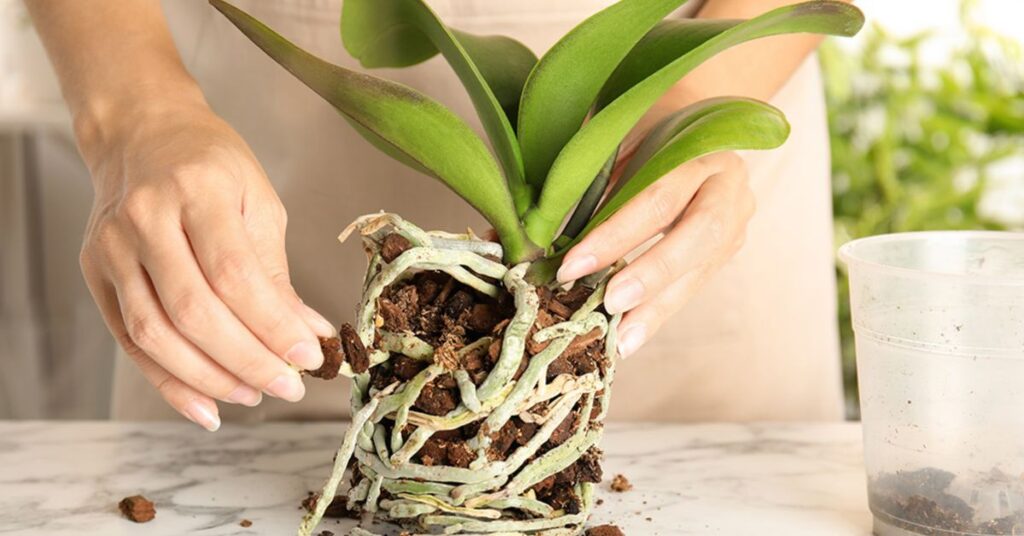
A well-cared-for orchid will produce strong, healthy growth and beautiful blooms. orchid in glass vase However, improper conditions can lead to various issues.
Shriveled and Wrinkled Leaves
If your orchids looking after leaves appear shriveled or wrinkled, can you plant orchids outside it likely isn’t receiving enough water—often due to unhealthy roots.
Solution:
- Check the roots. If they are black and mushy, trim them with a sterile cutting tool and repot the orchid in a fresh growing medium.
- If the roots are plump, white, or green, but the leaves are still shriveled, increase watering.
Yellowing Leaves
Overwatering and possible root rot are frequently indicated by yellow leaves.
- Solution: Between waterings, let the growing media dry out.
- If the issue persists, repot the orchid and remove any unhealthy roots.
Drooping Leaves
Leaves that droop or appear limp are often caused by inconsistent watering or insufficient light.
Solution:
- Maintain a consistent watering schedule to provide adequate moisture.
- The orchid should be moved to an area with bright, indirect light.
Bud Drop (Flower Buds Falling Off Before Blooming)
If your orchid’s buds drop before blooming, the plant is likely under stress due to environmental factors.
Solution: Check for:
- Overwatering or underwatering
- Sudden temperature changes (near heating vents, air conditioning, or drafts)
- Exposure to chemical fumes (paint, gas, etc.)
- Proximity to ripening fruits or plants emitting ethylene gas
- Low humidity levels
Yellow or Brown Flowering Stems
A flowering stem turning yellow or brown can result from overwatering, sunburn, nutrient deficiency, or fungal infection. However, it’s normal for older flower spikes to brown and dry out after the blooms have fallen.
Solution:
- Avoid overwatering and ensure your orchid isn’t exposed to harsh direct sunlight.
- Provide adequate nutrients and ensure good air circulation.
How to Take Care of Orchids Outdoors
Caring for orchids outdoors can be incredibly rewarding, as these exotic beauties often thrive in natural light and fresh air. However, they do require specific conditions to flourish.
Choose the Right Spot
Place orchids in a shaded area with indirect sunlight. Filtered light from trees or a patio is preferable to direct sunlight, which can burn the leaves.
Watch the Temperature
Most orchids prefer temperatures between 60–80°F. If you live in a region with cold nights, bring them indoors or provide a cover when temps drop.
Watering Wisely
In between waterings, allow the potting mix to dry slightly but still water it thoroughly. Overwatering can lead to root rot, especially outdoors, where rain may add moisture.
Airflow is Key
Good air circulation helps prevent pests and fungal diseases. Don’t crowd orchids—give them space to breathe.
Fertilize Lightly
Use a balanced orchid fertilizer every two to four weeks during the growing season. Avoid overfeeding, which can damage delicate roots.
With the proper care, your outdoor orchids will reward you with stunning blooms and vibrant greenery.
Conclusion
Caring for an orchid indoors may seem challenging at first, but with the right approach, it can be a rewarding experience. By providing the right amount of light, watering properly, maintaining humidity, and using the correct potting combination, you can support the growth and blooming of your orchid for many years to come.Keep in mind that patience is essential; orchids have their own cycles of growth and bloom, so don’t give up if they take a while to bloom again. Your gardeners world orchid care will continue to add elegance and beauty to your house with regular maintenance and attention.
Whether you’re a beginner or a seasoned plant lover, following these simple care tips will ensure your take care of dendrobium stays healthy and vibrant. Happy growing, and enjoy the stunning blooms of your indoor orchid!
FAQ
How often should I water my indoor orchid?
Most orchids, like Phalaenopsis (Moth Orchids), should be watered once a week. In warmer months or dry environments, you may need to water more frequently. Always let excess water drain out to prevent root rot.
What kind of light do orchids need?
orchid in vase thrive in bright, indirect light. A north- or east-facing window is ideal.
What is the best temperature for orchids?
Orchids prefer 65–75°F (18–24°C) during the day and slightly cooler temperatures at night. Avoid placing them near heating vents, radiators, or cold drafts.
Do orchids need fertilizer?
Yes! Feed your orchid with a balanced orchid fertilizer (20-20-20) diluted to half strength every 2 weeks. Follow the “weakly, weekly” rule for best results.
Can I grow orchids in regular potting soil?
No. Orchids need a well-draining mix, such as bark, sphagnum moss, or perlite, to allow proper airflow to the roots. Ordinary potting soil might lead to root rot because it retains too much moisture.

